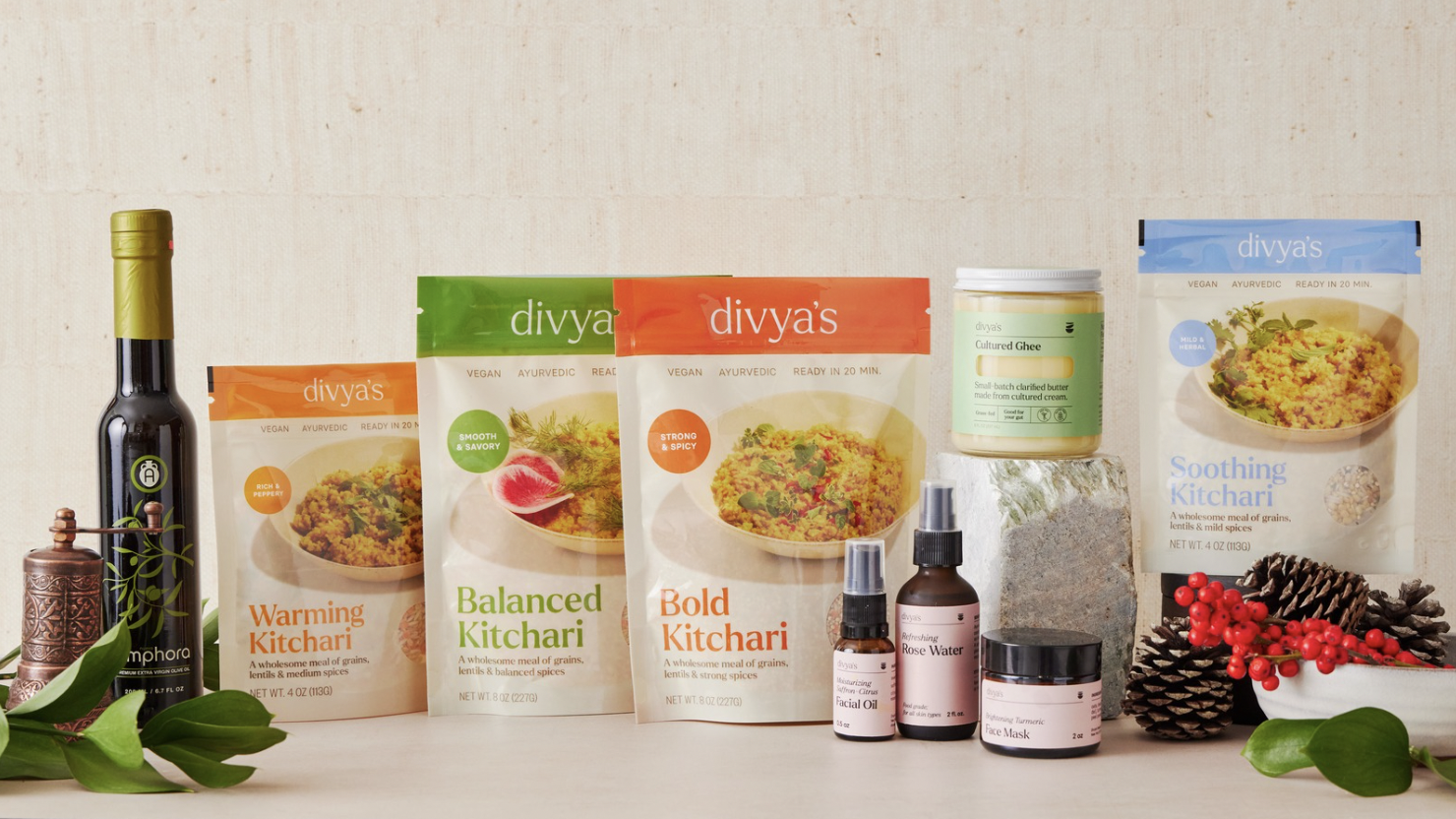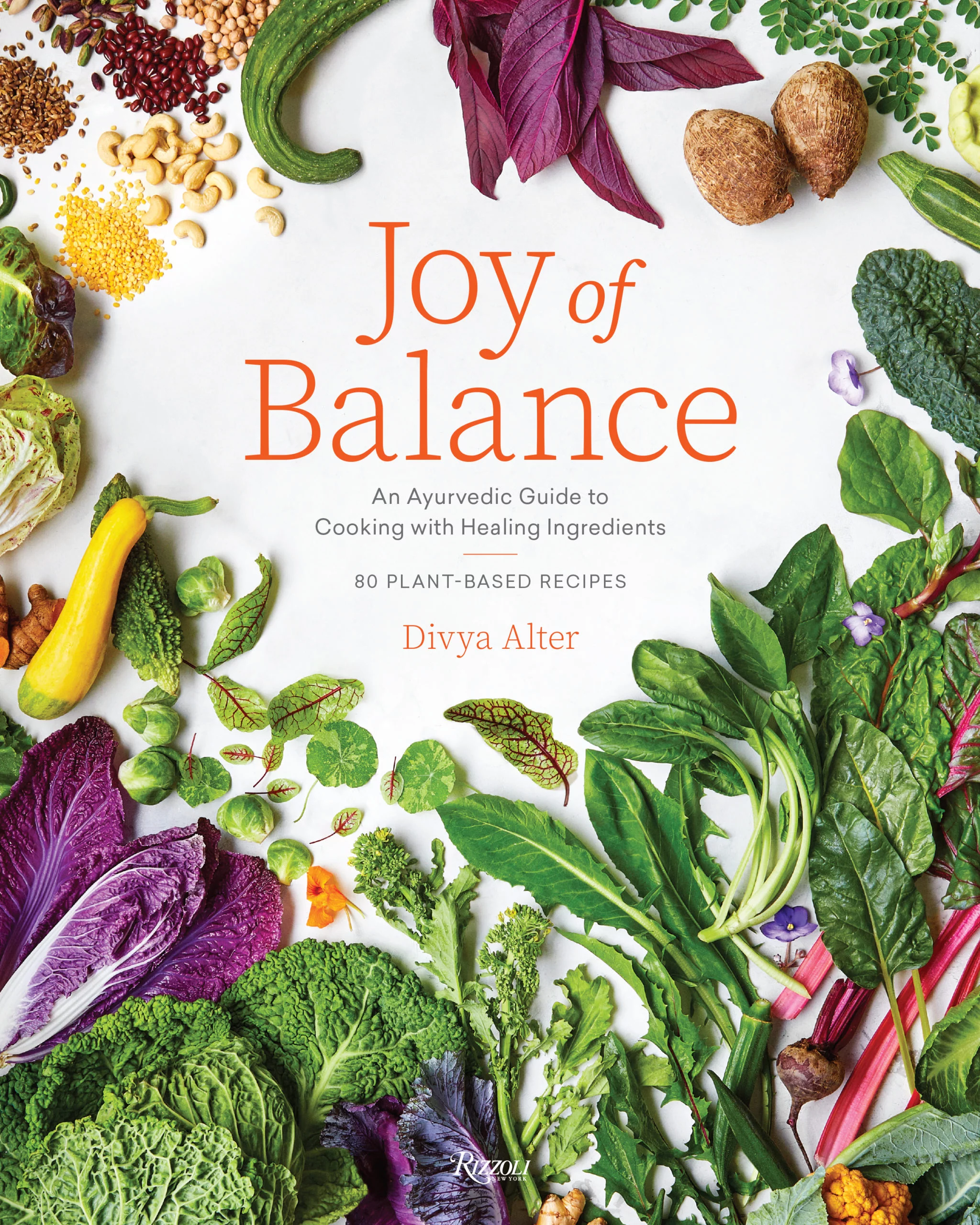Are Raw Foods Good For You?
Aug 08thHere at Divya’s, we’re often asked about Ayurveda’s perspective on raw foods. In this article, we talk about the pros and cons of eating raw dishes and snacks, how to enjoy them safely and when to avoid them altogether.
- SHARE:
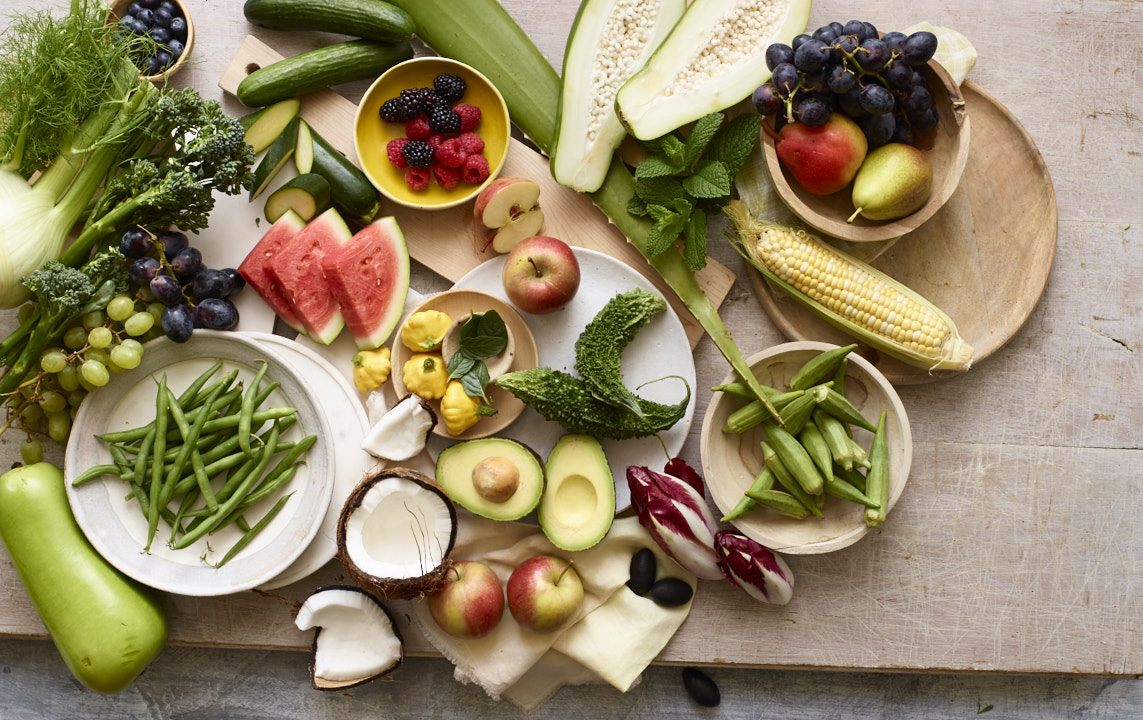
Photo c/o William and Susan Brinson
The Raw Food Hype
Smoothies, salads, fresh juice, grain bowls etc. Many people are drawn to raw foods and it’s easy to see why. They’re fast and easy to prepare, they’re refreshing in hot weather and—most significantly—the nutrients in the food are fully intact.
But Ayurveda reminds us that nutrient levels aren’t the whole story when it comes to healthy eating. In order to benefit from our food, we need to be able to digest it easily and completely. In the end, it doesn’t matter how many nutrients are in our meal if we can’t make use of them.
And remember: Food needs to be cooked one way or the other. If it doesn’t happen on the stove, it needs to happen in our stomach.
When we cook food, its chemical composition is altered in a way that supports digestion. This makes it much easier to break down our meal and absorb its nutrients. When we eat raw food, we’re depending on our stomach to do all of the work.
The Modern Dilemma
Unfortunately, due to the modern urban lifestyle and diet, most people suffer from poor digestion and absorption. That means they’re limited in their ability to fully digest raw food and make use of its nutrients. This is especially true when eating raw food during colder times of year.
If a person’s digestion isn’t strong and balanced, those extra nutrients in raw food (the main argument for eating raw in the first place) aren’t actually being utilized. In addition, the food remains semi-digested (called ama) and accumulates in the body. Eventually, ama can lead to ama-visha, a toxic build-up and the root cause of all kinds of inflammatory diseases.
And there’s another concern with raw foods: Many of our favorite fruits and vegetables contain naturally occurring hard-to-digest compounds such as oxalates, lectins and goitrogens. These compounds are fully present when the food is raw, but they’re eliminated or minimized through cooking.
However, there are occasions when eating raw food is perfectly ok.
How to Eat Raw Foods
To start, it’s important to choose the right ingredients: Celery, cucumber, lettuce and other tender greens are easily digested and can be eaten raw or juiced. Other vegetables, such as cabbages, broccoli, cauliflower and artichokes are too fibrous and difficult to digest when uncooked. This can lead to bloating and other gut discomforts.
In summer, when the body has more fiery energy, raw foods are easier to digest and can provide a cooling effect. They should never be eaten during the winter in cool or cold climates.
If someone has had a poor diet for years—including eating processed foods and bad fats—then they will feel great when switching to a raw diet. Their levels of energy and well-being will rise because of the increase in nutrients and life force, as well as the reduction in inflammation. However, once they pass a certain threshold of health and balance, a raw diet can cause chronic Vata imbalance, which will then lead to weakness and the depletion of body tissues.
So if it’s warm out and your Vata is under control, enjoy a raw dish in your meals, especially if it’s a chutney, a nut pate, a spring salad or raw fruit (eaten according to Ayurvedic food combining principles). No matter what you choose, moderation is the key.
The Takeaway
It’s ok—even beneficial—to eat raw foods in the following circumstances: When you need to cool off, pacify excessive heat in the stomach/body, lighten up after a period of eating heavy foods or take a break from cooking. In each of these cases, it’s still important to choose foods that you can easily digest.
There are other times when you should absolutely avoid eating raw foods: When you’re cold, feeling ungrounded or high strung, traveling, recovering from childbirth, weak and depleted, feeling sluggish or worried about food-borne parasites.
If you’re looking for more advice, including delicious raw and cooked recipes, check out my new book Joy of Balance.
Recommended Products
More Articles
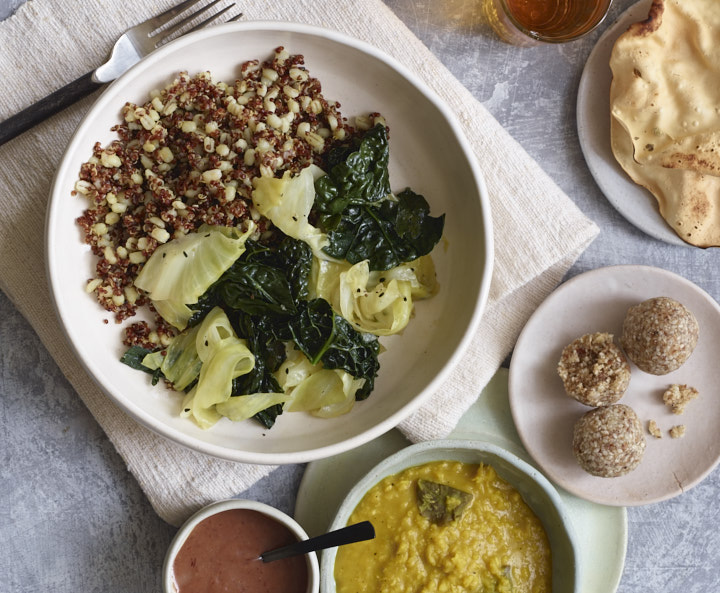
An Ayurvedic Guide to Food Combining
In this article, Divya introduces the essential Ayurvedic principle of food combining. She teaches us that it’s not enough to choose healthy ingredients. True health requires us to select quality ingredients that, when combined in a meal, support strong and balanced digestion.

How to Ground Yourself in Difficult Times
In this article, we share simple self-care practices that will keep you steady, healthy and engaged during challenging moments.

Managing Your Sweet Tooth
Ayurveda tells us that there’s room for sugar in a healthy diet, but it’s important to choose wisely. The key: Enjoy sweets in moderation and seek healthier alternatives when possible.
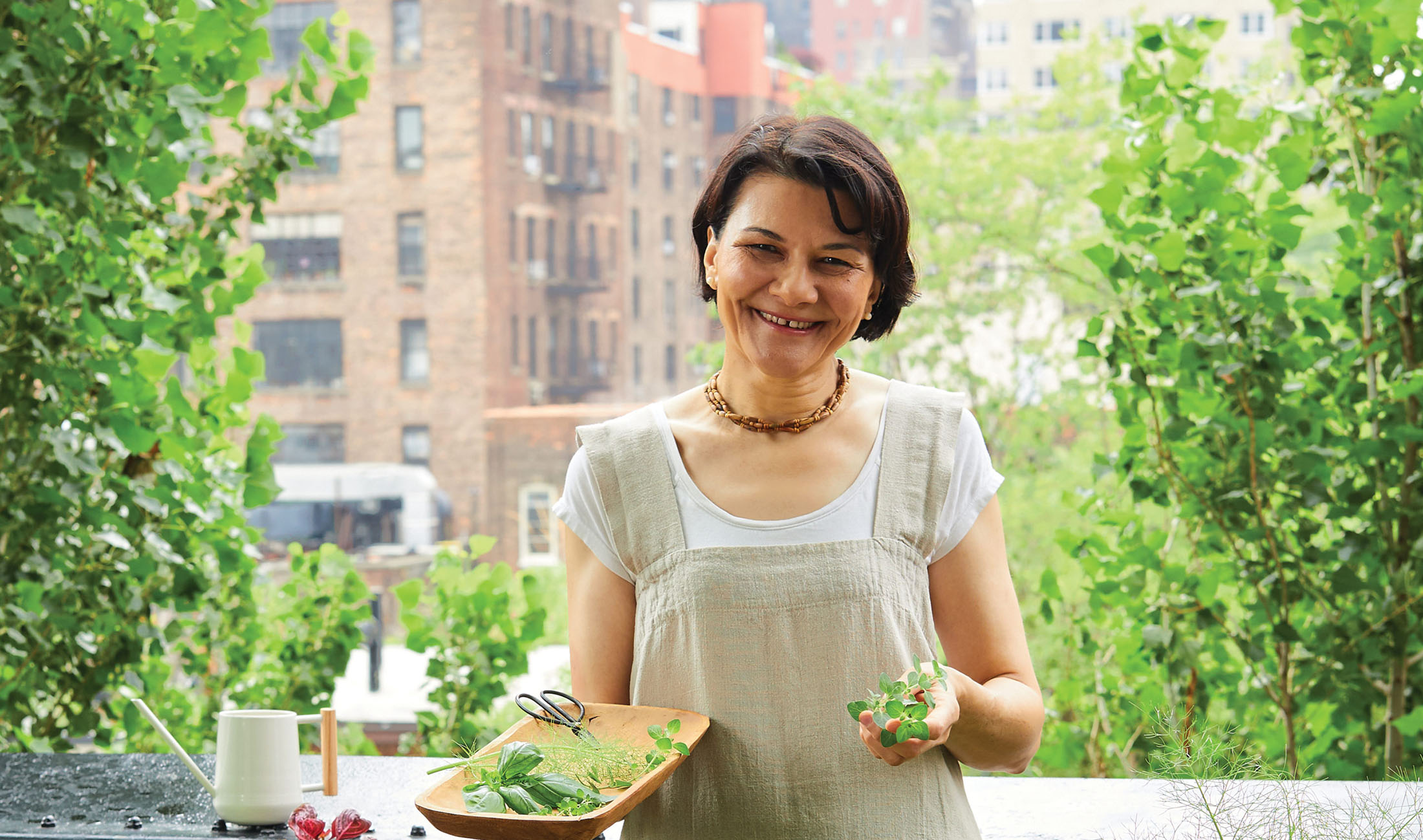
5 Fun Facts about Divya
You know Divya as a chef, author, and teacher. But do you know what makes her tick? Today, we present some fun, lesser known facts about our founder.


